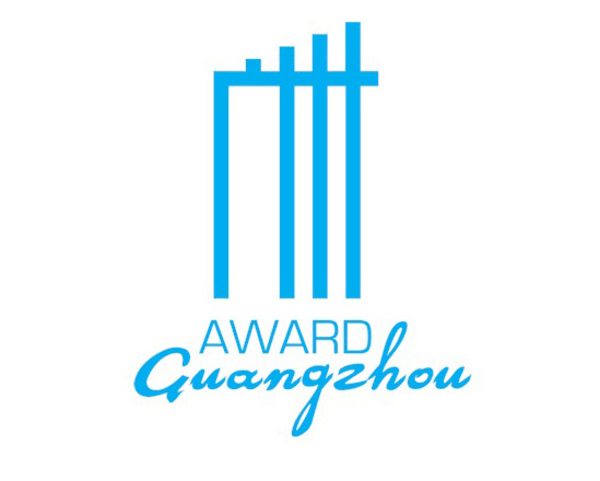
City
Cape Town
Main actors
City Government, Private Sector, Research Institutes / Universities
Project area
Whole City/Administrative Region
Duration
Ongoing since 2013
Building resilience by improving resource efficiency, stimulating economic growth and job creation.
The Western Cape Industrial Symbiosis Programme (WISP) is a free facilitation service that seeks to create mutually beneficial synergies between member companies. The programme connects companies so that they can identify and realise business opportunities enabled by utilising unused or residual resources (materials, energy, water, assets, logistics, expertise) i.e., one company’s waste can be used by another as a resource. WISP fills a gap that currently exists in the manufacturing sector (most notably in SMEs) - a neutral platform, dedicated capacity, and technical expertise to identify actionable opportunities, at no cost to companies. It is available to all companies in the manufacturing sector, no matter the company size or industry. The resource exchanges facilitated by WISP divert waste from landfill, generate financial benefits for member companies, reduce the carbon intensity of production processes and create jobs; ultimately making the manufacturing more competitive and resilient to climate change.
Guangzhou Award
This project was shortlisted for the 'Guangzhou Award' in 2020.
On Map
The Map will be displayed after accepting cookie policy
